Worldbuilding
World-First Worldbuilding
This method tends to have strong visual elements.
Below are a few pieces of concept art from various sources.
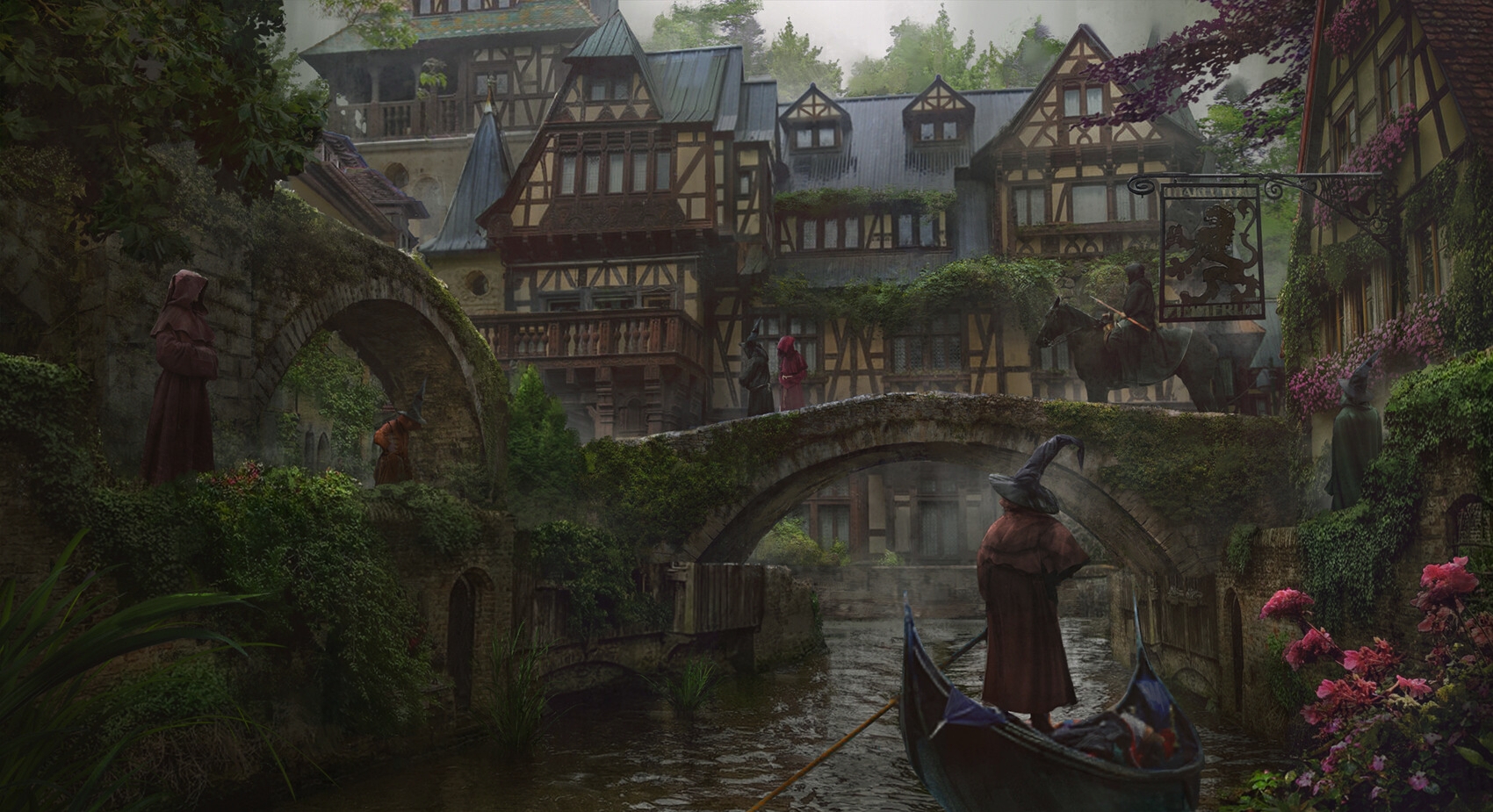
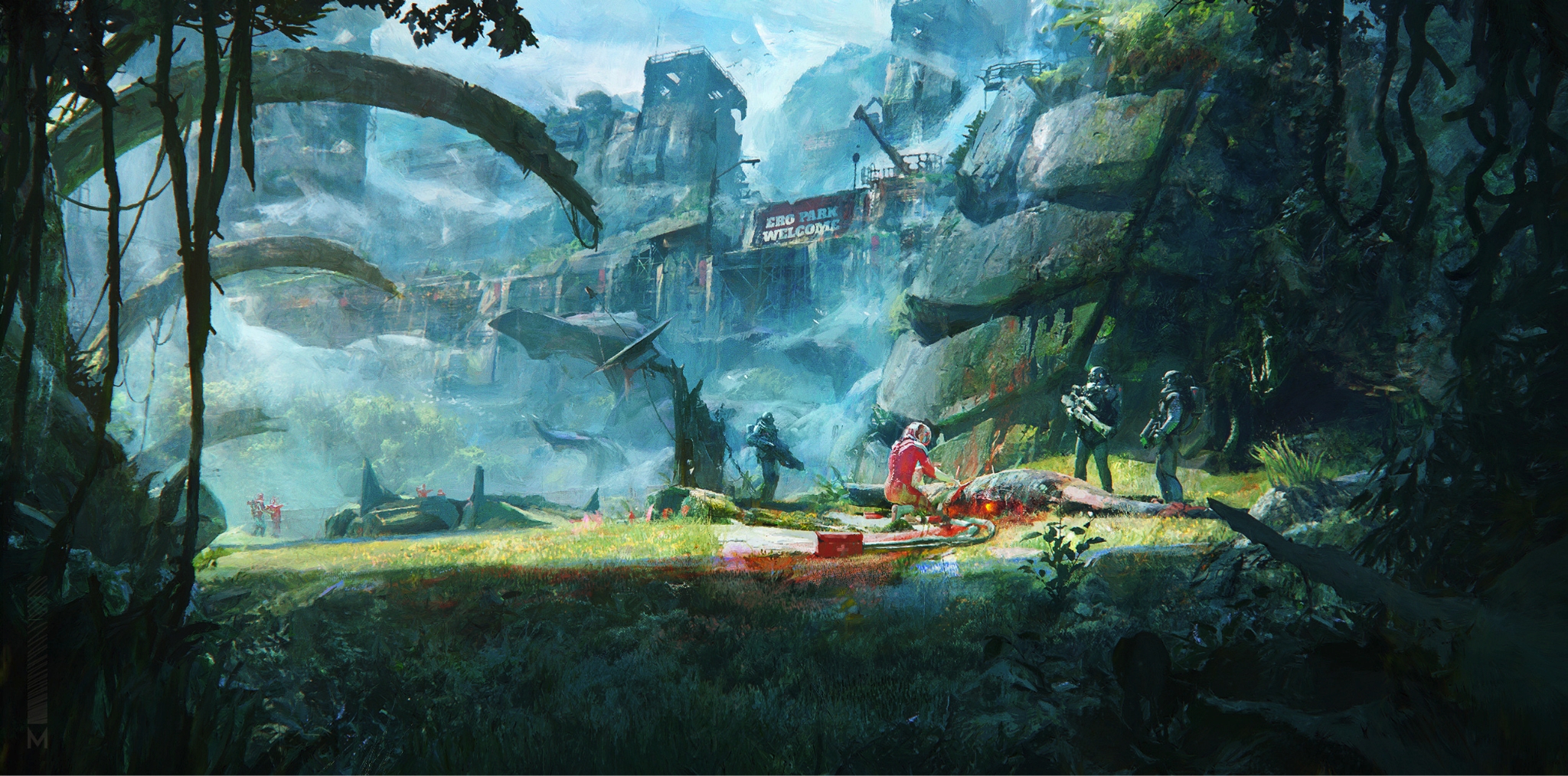
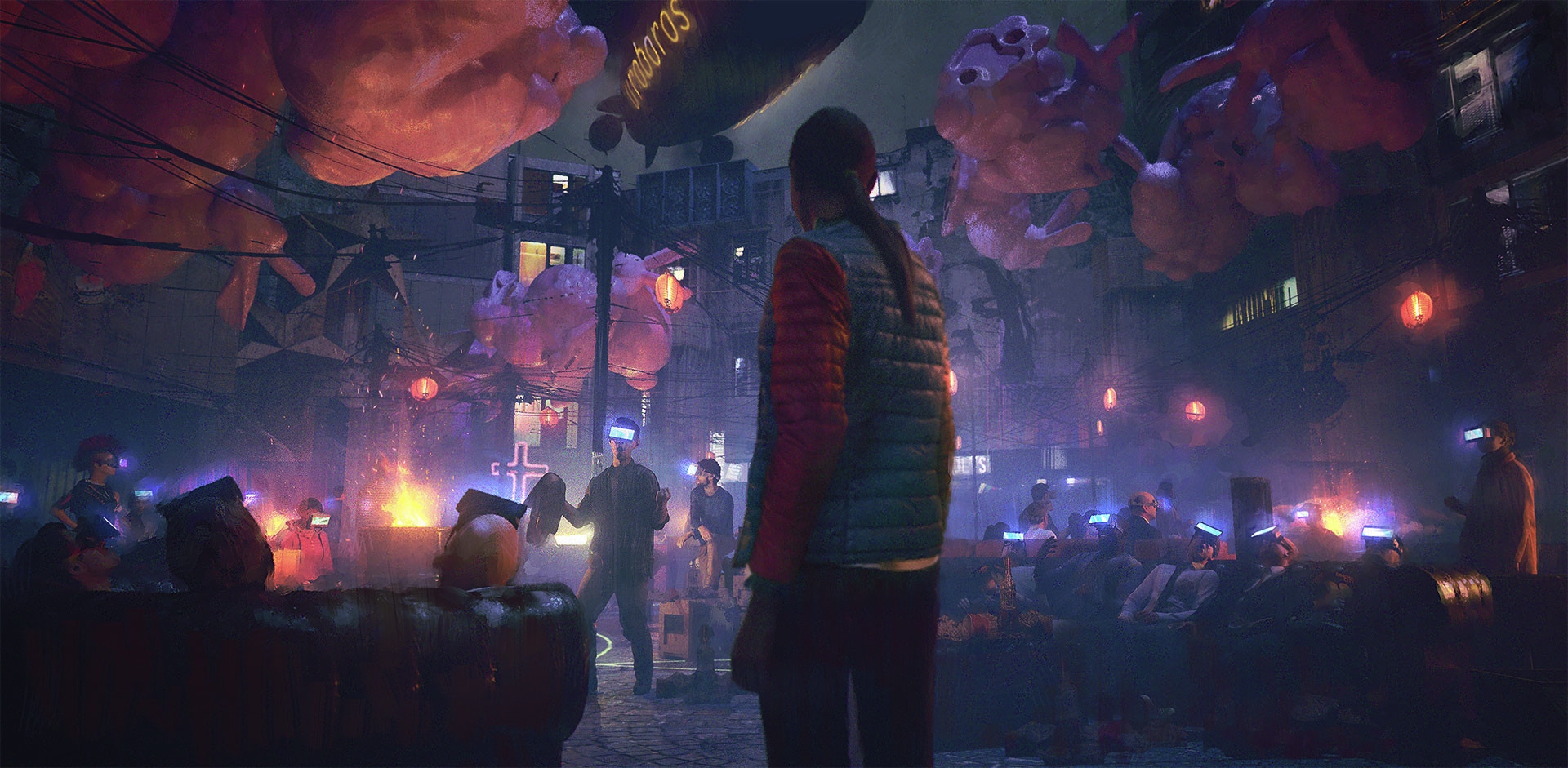
In Alpha Season 1, The Sandbox introduced three factions that are great examples of world-first worldbuilding. Biomes define colour palettes, energy sources, houses, and people who live there.
Heroes Faction
 Concept Art
Concept Art
 Colours
Biome
Frozen trees, wild grass, pieces of snow
Energy Sources
Basic mechanics, using Nature’s strengths
Houses
Nordic / medieval houses made of wood and metal
Colours
Biome
Frozen trees, wild grass, pieces of snow
Energy Sources
Basic mechanics, using Nature’s strengths
Houses
Nordic / medieval houses made of wood and metal
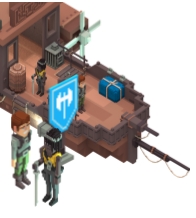 People
Fierce people from the North who crave challenge to reveal themselves as valorous
People
Fierce people from the North who crave challenge to reveal themselves as valorous
Scientists Faction
 Concept Art
Concept Art
 Colours
Biome
Desert, sand
Energy Sources
Energy from wind and petrol machines
Houses
Oriental houses with metallic elements
Colours
Biome
Desert, sand
Energy Sources
Energy from wind and petrol machines
Houses
Oriental houses with metallic elements
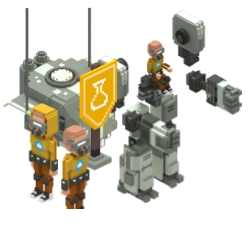 People
Scavenger tribes of technologically greedy researchers drawn to solving mysteries
People
Scavenger tribes of technologically greedy researchers drawn to solving mysteries
Oracles Faction
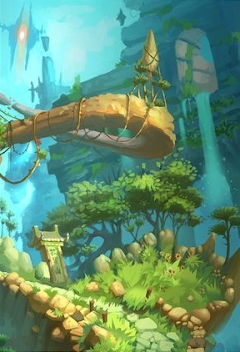 Concept Art
Concept Art
 Colours
Biome
Forest, nature, ruins, rocks
Energy Sources
Magic and creature taming, fireflies
Houses
Ruins and old temples made of rocks and plants
Colours
Biome
Forest, nature, ruins, rocks
Energy Sources
Magic and creature taming, fireflies
Houses
Ruins and old temples made of rocks and plants
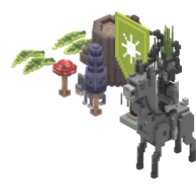
People Spiritual people living in symbiosis with nature who will go to any length to defend it
Character-First Worldbuilding
This method has a small number of strongly developed characters.
Below are a few pieces of concept art from various sources.
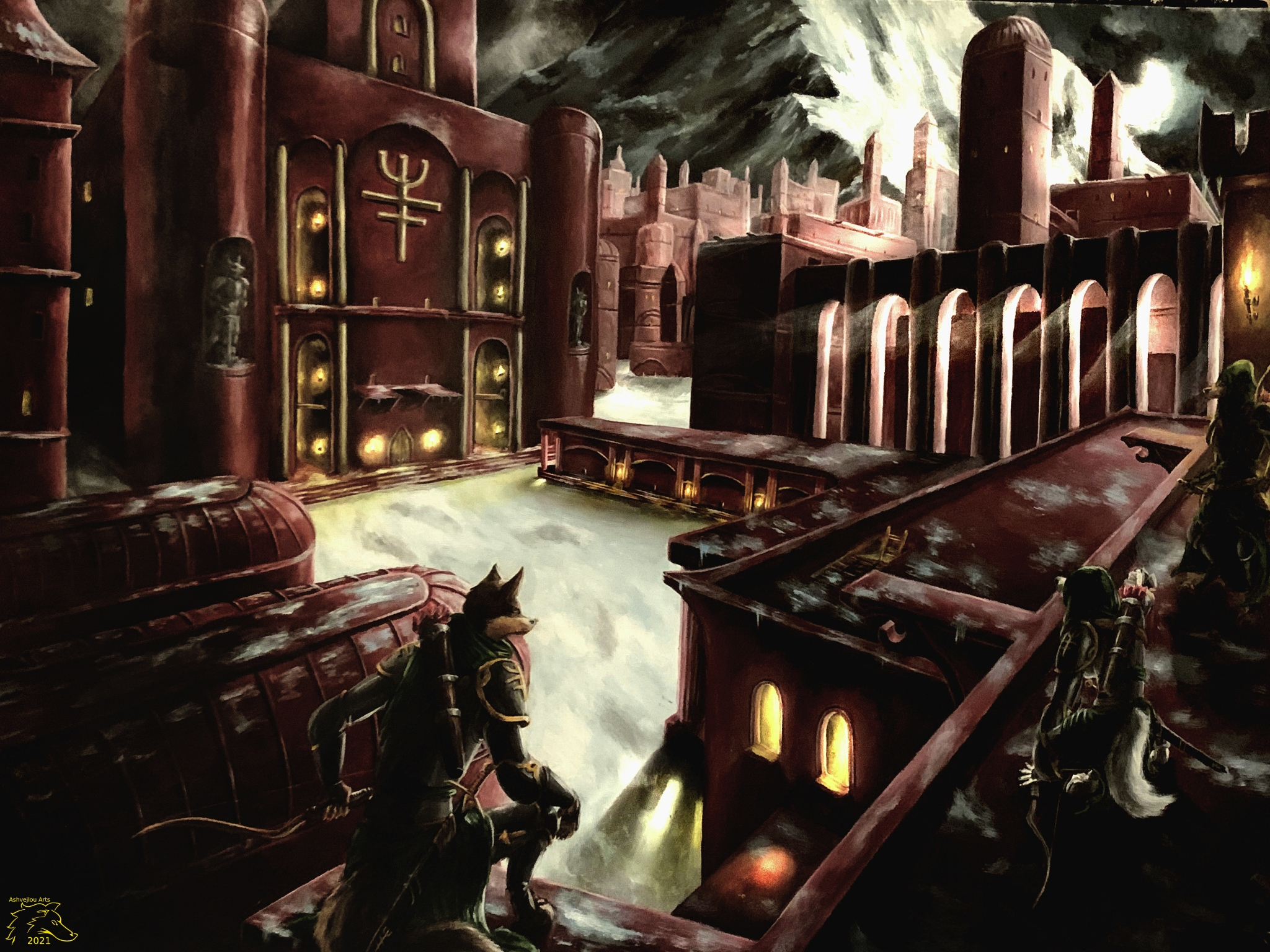
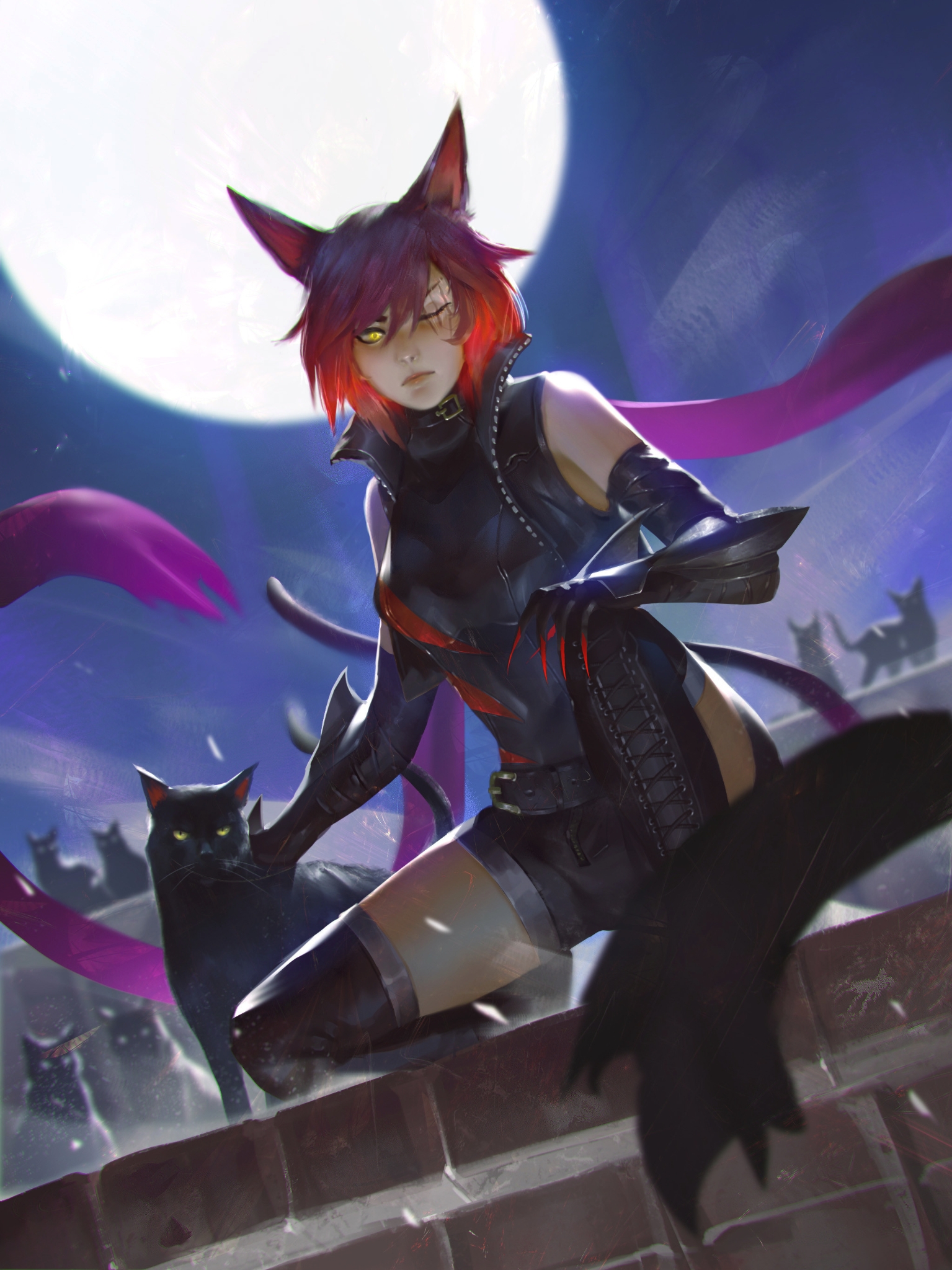
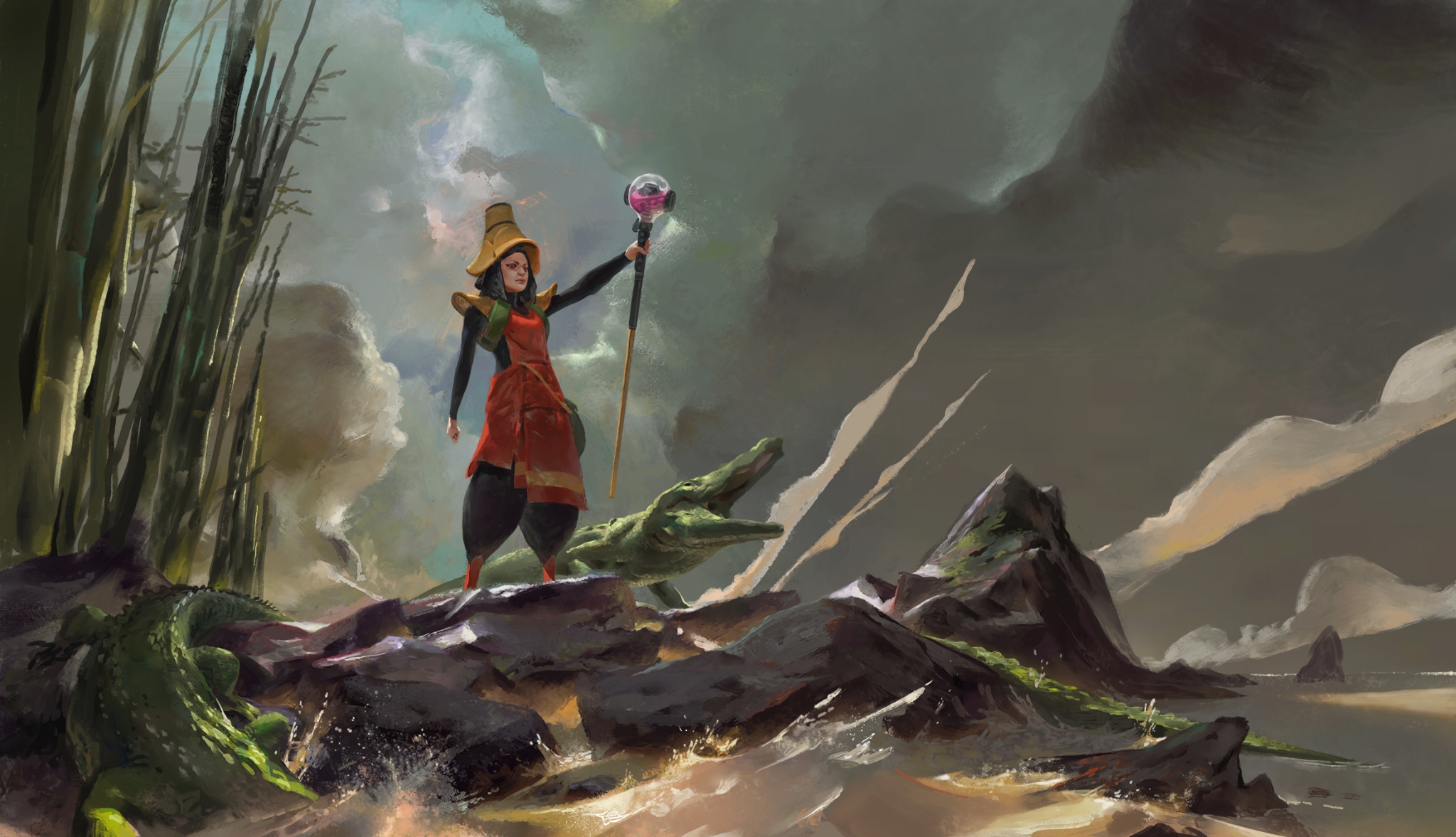
"Professor Stitch"
Crevasse Studios has won or placed in the top 4 in multiple game jams. In this first place winning entry, “Professor Stitch” is a mad scientist who plots revenge against the local town's ungrateful inhabitants who have benefitted from his brilliant inventions.
Along with its delightfully irreverent humour from a strong lead character, the game's logic was also polished and clever.
Read the Creators' Interview to learn more about "Professor Stitch" and other projects from Crevasse Studios.
Concept-First Worldbuilding
This method may be strongly reliant upon gameplay logic.
Examples
My Hero Academia - it's abnormal in this world to NOT have super powers
One Punch Man - the main character can knock out anyone with a single punch
Omniscient Reader - the main character is the only reader of a dark apocalyptic web novel that becomes a reality, with scenarios and skill leveling like a video game
"Space Hero"
Multi award winning creators Sho, Tokinari, and Senm made the winning entry for the Gamee game jam. “Space Hero” is an innovative top down game where the player stands on top of a spaceship to shoot at a variety of enemy ships and collect helpful items for health, defense, and offense.
The game simulated light speed travel through space with a combination of a fixed camera, a stationary object as the player's center of gameplay, and moving platform behaviour on the scenery, including light streaks, stars, planets, and more.
With basic movement buttons and pressing E to interact, the gameplay fits the casual genre well, but it feels like there is a lot more depth due to the attention to visual details and the agency the player has to impact the outcome even with a small range of motion.
"Train of the Dead"
This top 3 winner in The Walking Dead game jam used a similar concept of using a stationary object as the center of gameplay and creating a sense of motion with platform behaviour applied to all of the scenery. However, "Train of the Dead" included added pressure that made the gameplay quite thrilling.
Creator _Nickk pushed players to get to the end of the train before it's too late, all while fighting off zombies while evading obstacles, making difficult jumps, and using objects to make progress forward. It's a challenging game that adds a layer of complexity through action and a sense of urgency.
Big Picture: Metaverse Worldbuilding
This method requires communication with your community about when the next "chapter" of your story will be released. You can tell linear or branching stories and include hubs or other types of Experiences that are not directly in line with the story, but match the theme and refer to your lore, ethos, etc.
Tell Stories Across LANDs and Time
Simple worlds can have high replay value, complex universes can foster exploration and community
Supplement your Metaverse worlds with comics, videos, movies, books, livestream events, and more
Team up with your Metaverse neighbors
A slice in time that can evolve and be many things
Empower players with opportunities to share their own story with others about playing in your worlds as themselves or as the protagonists you create
Transforming Storytelling Through the Metaverse
Combine, mash, and grow
People will want to play stories before LANDs are updated (see example)
The more LANDs you connect to your story and world, the larger its reach becomes
Videos may be created to document the living history of Metaverse worlds that evolve over time
People may purchase assets you mint and expand your universe with their own take on your stories in Game Maker, or they can join your team in developing your vision further
Here is an example of how you can use multiple LANDs to tell a story over time.
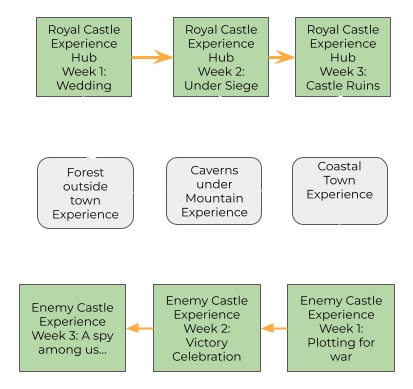
Worldbuilding Workshop
Last updated
Was this helpful?

